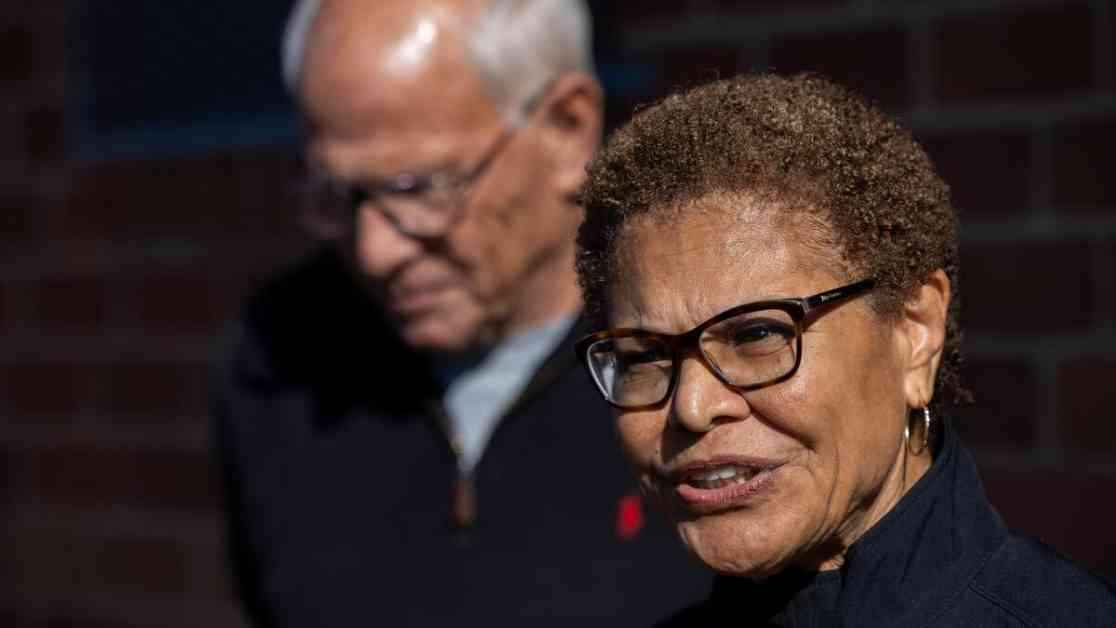In the summer of 2023, developers in the San Fernando Valley presented plans for nearly 2,400 new apartments aimed at low- and moderate-income residents, a welcome addition in an area lacking such affordable housing. These proposals, part of Mayor Karen Bass’ initiative to foster growth at accessible prices, were unique in that they did not rely on public subsidies. However, progress on these projects has hit roadblocks, with the majority of them abandoned and none having broken ground. Now, after facing challenges in City Hall and the courtroom, only four of these developments are moving forward, accounting for a third of the original units.
Challenges in Paradise
The primary obstacle for these affordable housing projects lies in their location on single-family-home land, sparking outrage among homeowners concerned about increased traffic, parking issues, and changes to the character of their neighborhoods. Critics argue that developers exploited a loophole in the mayor’s initiative to construct apartments in areas where they were not intended to be. In contrast, other affordable housing projects in the Valley, situated on sites designated for multifamily developments, are progressing smoothly without similar opposition. City Councilmember Bob Blumenfield highlighted the disproportionate impact of these projects, attributing the controversy to opportunism rather than deliberate design.
On the flip side, proponents of these developments question the city’s commitment to addressing the affordable housing crisis. Councilmember Nithya Raman, who chairs the council’s housing and homelessness committee, expressed frustration at the prevalent culture of hindering projects and growth in Los Angeles, emphasizing the need for a shift towards a more affirmative stance on housing to secure the city’s future.
Battles and Resolutions
Mayor Bass’ Executive Directive 1, issued shortly after taking office in December 2022, aimed to streamline the construction of 100% affordable housing by eliminating zoning hearings, appeals, and other permitting obstacles. While the directive did not explicitly address the eligibility of single-family-home parcels, developers saw an opportunity to leverage it along with state laws to expedite housing construction on such sites. This move sparked a backlash from homeowner groups, prompting Bass to clarify that single-family-home properties were not permissible under the directive.
This decision left the fate of ten existing projects hanging in the balance, triggering a year-long period of intense politicking and legal battles. The City Planning Department initially deemed some of the Valley proposals compliant with the directive before reversing course following the amendment. Developers challenged these rejections, leading to a contentious debate within the City Council. Ultimately, lawsuits were filed by both YIMBY Law and a community group to contest the denials and approvals, respectively.
In a pivotal court ruling, judges rejected the city’s argument that the amended order justified the rejection of multifamily projects on single-family-home parcels, emphasizing the need to adhere to the rules in place when projects were submitted. The legal disputes underscored the complexities surrounding affordable housing initiatives in Los Angeles and the balancing act between community concerns and the pressing need for accessible housing options.
Stay tuned for updates on the evolving landscape of affordable housing in the San Fernando Valley and the ongoing efforts to address the city’s housing crisis.


